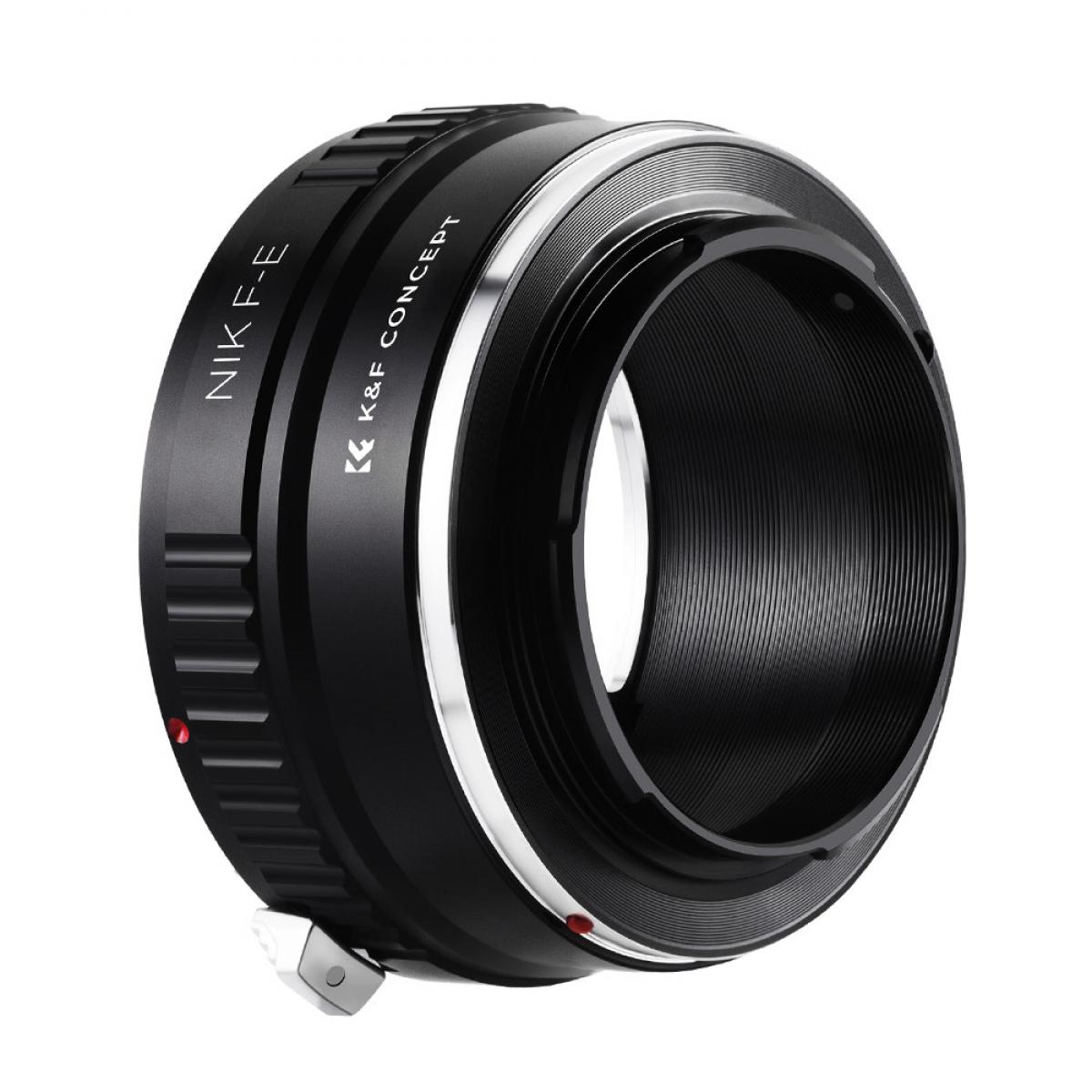

- #CANON OBJEKTIV AUF NIKON KAMERA SERIAL NUMBERS#
- #CANON OBJEKTIV AUF NIKON KAMERA SERIAL NUMBER#
- #CANON OBJEKTIV AUF NIKON KAMERA UPDATE#
- #CANON OBJEKTIV AUF NIKON KAMERA FULL#
- #CANON OBJEKTIV AUF NIKON KAMERA PORTABLE#
#CANON OBJEKTIV AUF NIKON KAMERA FULL#
That addition makes lens aging easy, assuming the lens is in the original box.Lens names are full of abbreviations, number ranges, and useless advertising. Just below the EAC is the production date in YYYYMMDD format. If present, the EAC label is easy to identify - look for the large "EAC" printed on it. One More Easy Way to Determine the age of a Canon lens: Check the Boxįor those residing in certain locales (including Europe), the box may contain an EAC label with a date code. Was manufactured in Utsunomiya, Japan in September 2003. The Canon lens date code in the sample picture indicates that this Canon EF 24-70mm f/2.8L Lens (I know the lens model because I took the picture, not from the date code) While you now know the manufacture date for your lens, you do not know how long the lens was in inventory, in shipping transit, and on a shelf until it was originally purchased (without having the original receipt or a reputable person accurately informing you). This is a Canon internal code (that is occasionally omitted). The next two numbers, "02", are meaningless in determining how old a Canon lens is. The leading zero of the month code is sometimes omitted. Month 02 is February, month 11 = November.

The first two numbers, "09", is the month number the lens was manufactured in.

The second letter, "R", is a year code that indicates the year of manufacture.Ĭanon increments this letter each year starting with A in 1986Īnd prior to that, A in 1960 without the leading factory code. Prior to 1986, this letter is moved to the last position of the date code. The first letter, "U", indicates that the lens was made in Canon's Utsunomiya, Japan factory. This code is also present on some other Canon products including camera bodies. The date code (as seen below) is in the form of " UR0902". Until phasing out the practice starting in 2008, Canon included a date code beside the rear lens element of many (but not all) lenses (note that some 2012-manufactured lenses still received this date code).
#CANON OBJEKTIV AUF NIKON KAMERA SERIAL NUMBER#
To Determine the Age of a Pre-10-Digit Serial Number Canon Lens with a Date Code Special thanks go out to the friends of the site that played a role in the development and maintenance of this chart. In part, the numbers might be shifted by a month or so.Īgain, please send us any discrepancies you find. Please note that, while the overall chart is holding out nicely with the lenses we've checked (including several late-2014 models), it is a work-in-process. The remaining digits in the serial number, SSSSSSS, are a uniquely-identifying number of the lens – likely within the production month. The third digit in the serial number, C, may be a charge/batch type of number.Ĭanon has been using this number to indicate lenses needing specific service-related updates such as firmware. Note that Canon EOS DSLR camera body serial numbers, at least for 2013, do not follow this chart.Īlso please note that future dates shown in the table are predictions/expectations. These dates should be viewed as approximations and should be used for your amusement as the estimates are not guaranteed correct. The Canon lens date code chart is shown below. The DD is the key to the date the lens was manufactured - the production date code. To age a Canon lens using the 10-digital serial number, we dissect the serial number as follows: However, now we can age a lens based on the serial number alone.įor information on determining the age of a pre-10-digit serial number lens, see the section on interpreting the old date code below.ĭetermine the Age of a Canon Lens Based on the 10-Digit Serial Number We loved the date code because it made aging a lens easy.
#CANON OBJEKTIV AUF NIKON KAMERA SERIAL NUMBERS#
While date codes and shorter serial numbers are still found on some lenses manufactured in or after 2008, that practice appears to have been completely phased out. However, starting in 2008 with the Canon EF-S 18-200mm f/3.5-5.6 IS Lens, Canon has transitioned away from date code inclusion and to a longer 10-digit lens serial number. Traditionally, we used the date code to determine the age of a Canon lens. The lens's serial number or date code (or even box) may answer that question.
#CANON OBJEKTIV AUF NIKON KAMERA UPDATE#
#CANON OBJEKTIV AUF NIKON KAMERA PORTABLE#


 0 kommentar(er)
0 kommentar(er)
